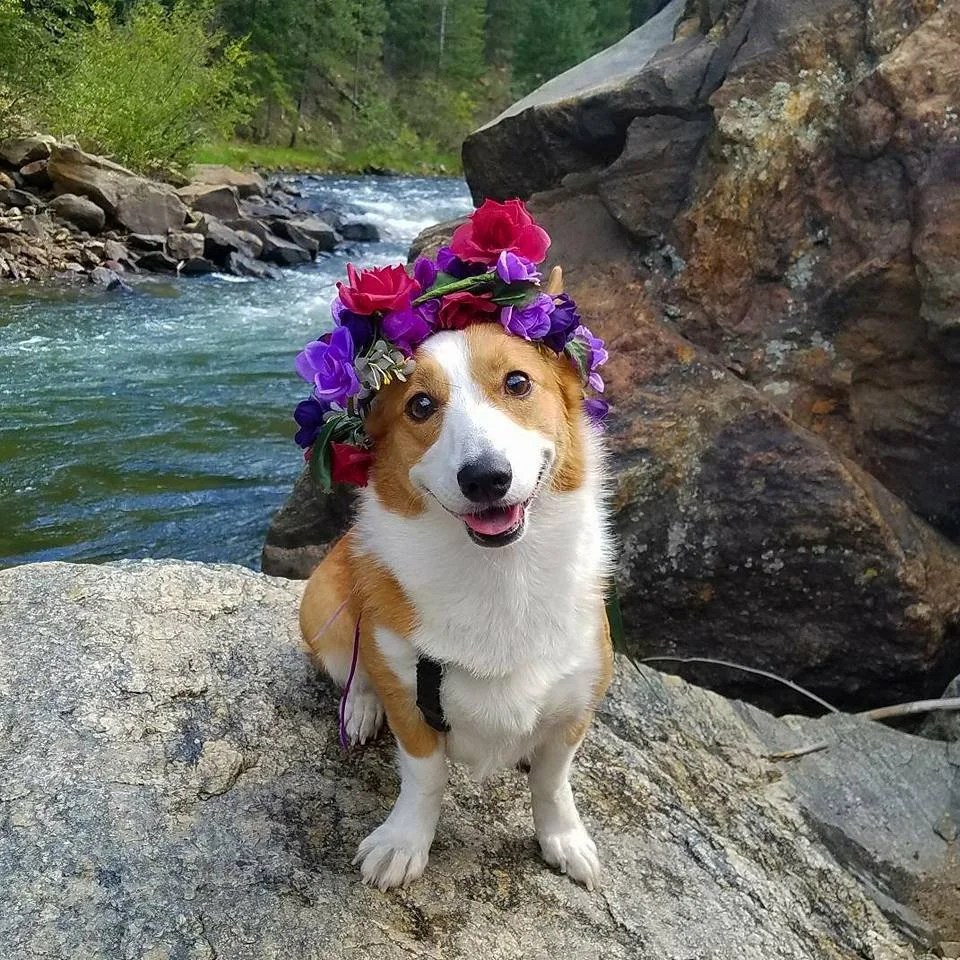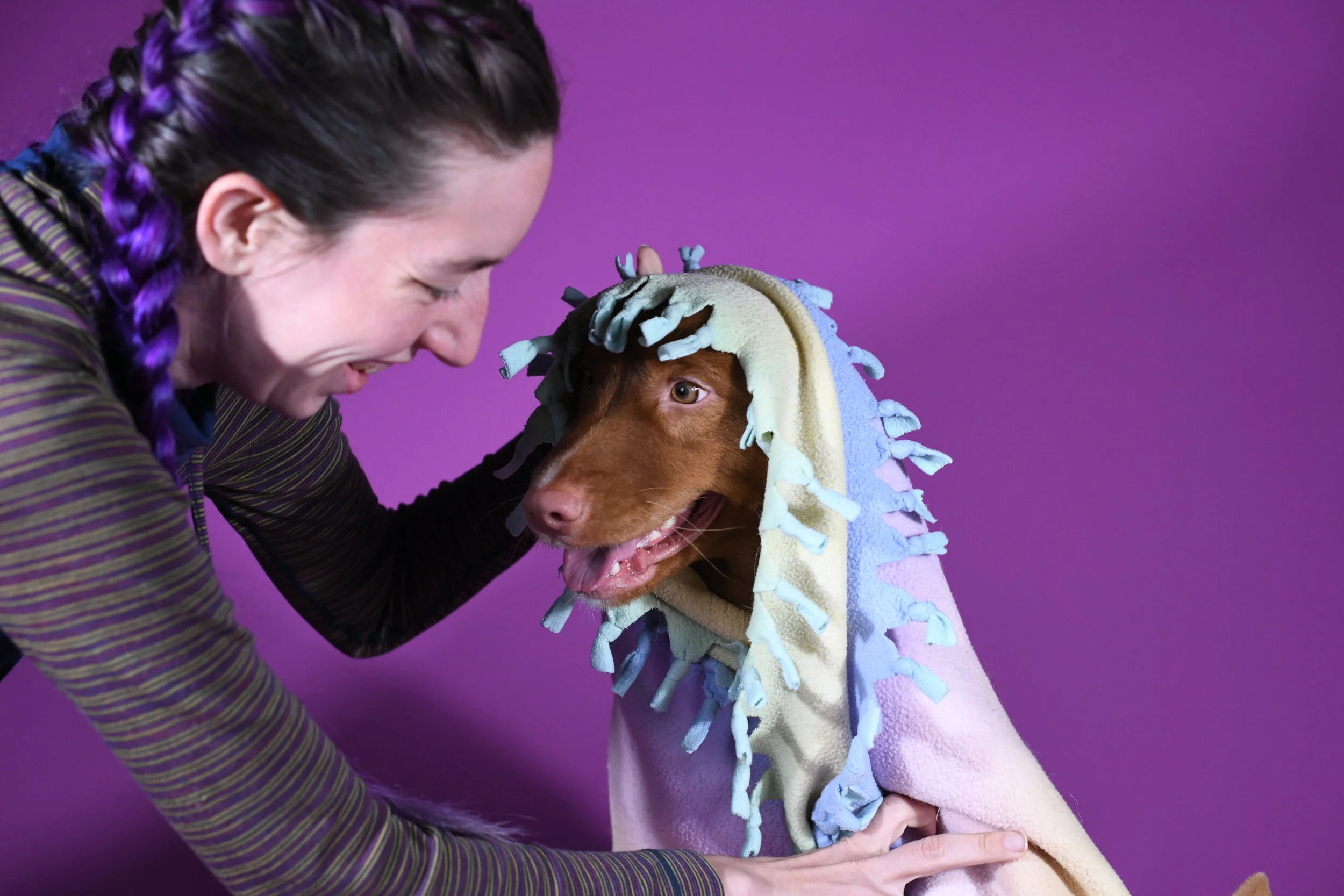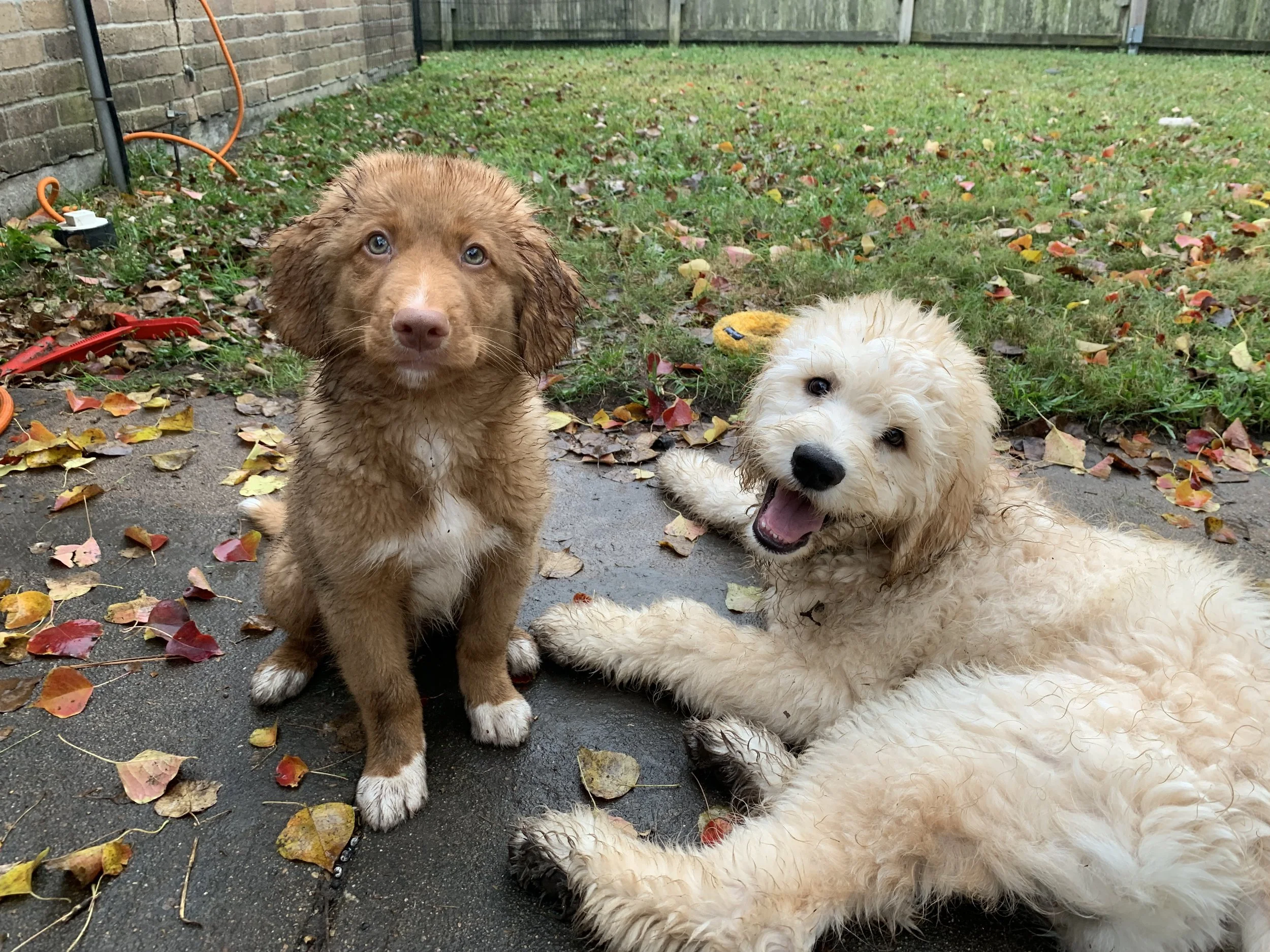Frequently Asked Questions
Training Questions
-
If you aren't sure about whether or not your dog's behavior calls for a specialist, we recommend starting with a free 20 minute information call. This is an opportunity for you and V to discuss your dog's behavior, your concerns, and anything else relevant to deciding where you and your dog should begin.
Most of the time when folks are considering this option, it means the dog would likely benefit from an Initial Separation Assessment.
Get started by clicking here.
-
No worries! If you've already been training your dog for a while or you've worked with other trainers, we recommend starting with a free 20 minute information call.
In most cases, an Initial Separation Assessment is still recommended, which is where you and V will discuss the finer details of what you have already tried, what has worked, and what has not worked.
-
To help dogs overcome separation anxiety, we use an intricate systematic desensitization protocol combined with sophisticated data tracking and record keeping. This is the most efficient and effective technique experts currently have to help dogs who become panicked when alone.
These training methods are kind, positive, and force-free. We are focused on helping your dog feel safe when alone, directly addressing the root of your dog's anxiety and setting them up for long term success.
Read more about V's approach here.
-
There are many ways to prevent your dog's anxiety from being triggered regularly and becoming worse. What is best for you and your dog will depend on your unique situation.
V can help you brainstorm solutions during your free 20 minute information call or during your Initial Separation Assessment.
In the meantime, here is a link to an article with more ideas on how to avoid triggering your dog's anxiety throughout the training process: Problem-Solving the Puzzle of Alone Time Management.
Logistics Questions
-
Wherever there is an internet connection!
Since you need to leave your dog home alone in order to train them, a trainer doesn't need to physically go to your house in order to help. In fact, virtual meetings are most ideal so we can observe your dog in their real life environment!
-
For absence assessments, you point a camera(s) where you think your dog will hang out during your absence, then exit your home according to V's instructions.
V will watch your dog through the camera(s) and alert you when it's time to return.
Your dog's behavior as the anxiety is beginning to appear tell us a lot about what to look for during training. The goal is not to see your dog tip over into panic.
-
An internet connection and a device with a camera that connects to the internet!
It is often helpful to have multiple devices (for extra camera angles), but not a requirement. Some folks prefer to purchase security cameras to watch their dog. You can also use other devices around your house such as laptops, tablets, old cell phones, etc.
All other recommendations are made on a case by case basis.
-
For the most part! V has years of experience working with a wide variety of behavior concerns, but these days chooses to specialize. If your dog has other behavior concerns in addition to their separation anxiety, V will help you create a comprehensive plan that addresses each individual concern.
If you have a dog who does not experience separation related distress but you'd like V's help with other behaviors, please reach out.
Dog Questions
-
Time spent training will vary significantly from dog to dog. There is no way to rush the process because we want to set your dog up for long term success. Separation anxiety recovery is more like a marathon than a sprint.
-
Yes! Many dogs cannot eat food when they are anxious. This is one of the reasons we use a systematic desensitization protocol to help dogs overcome their anxiety, rather than a training technique where we are giving the dog food for performing specific behaviors.
Learn more about V's approach here.
-
A dog is never too old for anxiety help!
It is true that a long history of panicked alone time can make it more challenging to convince a dog that being alone is safe. However, dogs can learn new patterns at any point in their life!
-
Definitely not! If you have a young dog who is already showing signs of separation anxiety or panicking when alone, the sooner you intervene, the better.
-
Yep! Depending on your dog's disability, various accommodations can be made to build a plan that works for them.
Other Questions
-
If you can't enroll in private training, it is still possible to learn about how to help your dog recover from their anxiety.
The resources V recommends most are:
Malena DeMartini's book: Separation Anxiety in Dogs: Next Generation Treatment Protocols and Practices
Malena DeMartini's self-paced on-demand course: Mission Possible 2.0
-
No worries! Reach out and V will get back to you soon!




